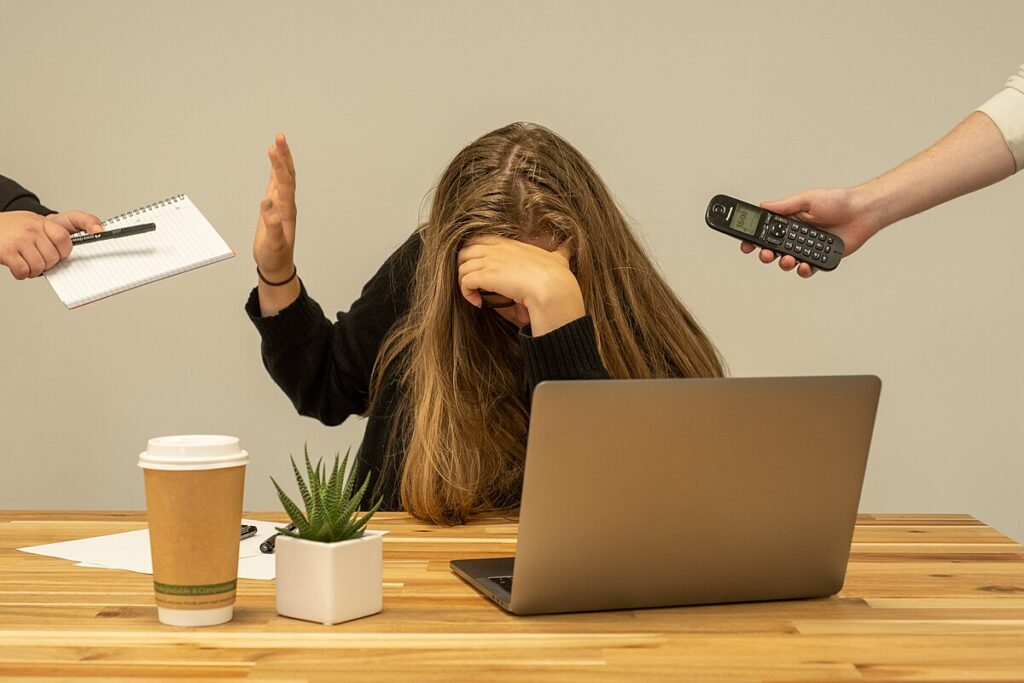Now Reading: How Over-Dependence on Screens Affects Your Body
-
01
How Over-Dependence on Screens Affects Your Body
How Over-Dependence on Screens Affects Your Body

In the last decade, screens have quietly become the center of our lives. From work to entertainment to communication, everything flows through mobiles, laptops, and TVs. While this dependence makes life convenient, it also comes with hidden costs for the body. In tier 2 cities where digital adoption has grown rapidly, many young people and working professionals now spend hours in front of screens, often unaware of how it is shaping their health.
The most visible impact is on the eyes. Prolonged screen use causes strain, dryness, and headaches. Many people report blurred vision and difficulty focusing after long hours of scrolling or working online. This condition, often referred to as digital eye strain, is no longer limited to big cities—it has reached students and office workers in smaller towns as well.
Posture problems are another growing concern. Sitting hunched over a laptop or constantly looking down at a phone can lead to stiffness in the neck, shoulder pain, and even long-term spinal issues. Doctors often see young adults complaining of back pain that used to be common only in older age groups.
Sleep patterns are also affected. The blue light emitted from phones and laptops can disturb the body’s natural sleep cycle, making it harder to fall asleep. Many teenagers and young professionals stay up late browsing social media or watching shows, only to feel fatigued the next morning. Over time, this irregular sleep cycle reduces concentration, lowers productivity, and affects mental well-being.
Physical inactivity is another side effect. The more time spent on screens, the less time is left for physical movement. This sedentary lifestyle can lead to weight gain, reduced stamina, and a higher risk of lifestyle-related diseases. In tier 2 cities, where outdoor spaces exist but are underused, this imbalance between digital life and physical activity is widening.
Despite these concerns, screens are not the enemy. They are an essential part of modern life. The challenge is in finding balance. Taking regular breaks, limiting late-night screen use, practicing simple stretches, and using outdoor time more effectively can reduce the risks. Parents encouraging children to play outside and professionals setting boundaries for work hours can also make a big difference.
The reality is that screens will remain central to how we live and work. What matters is how consciously we use them. By balancing digital habits with healthier routines, we can enjoy the benefits of technology without letting it harm our bodies.

























